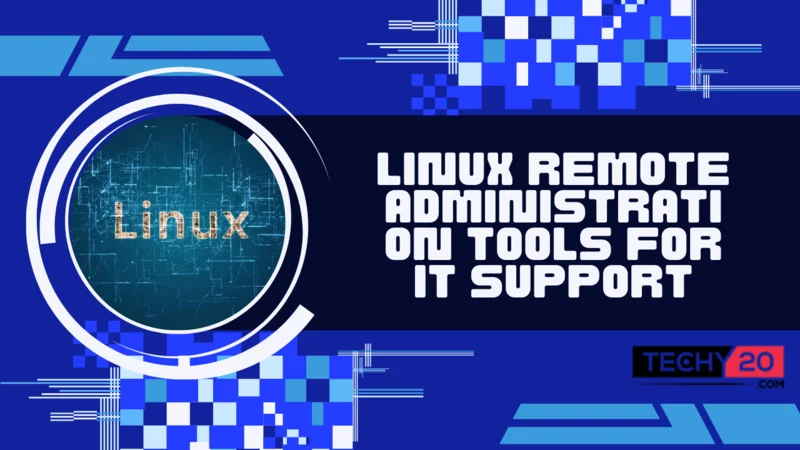1. OpenSSH
OpenSSH is a tool for managing access, offering secure protocols for logging in remotely and transferring files. OpenSSH is across server types and Linux-based systems. The SSH protocol is renowned for its encryption and data security, making it an indispensable asset for IT support.
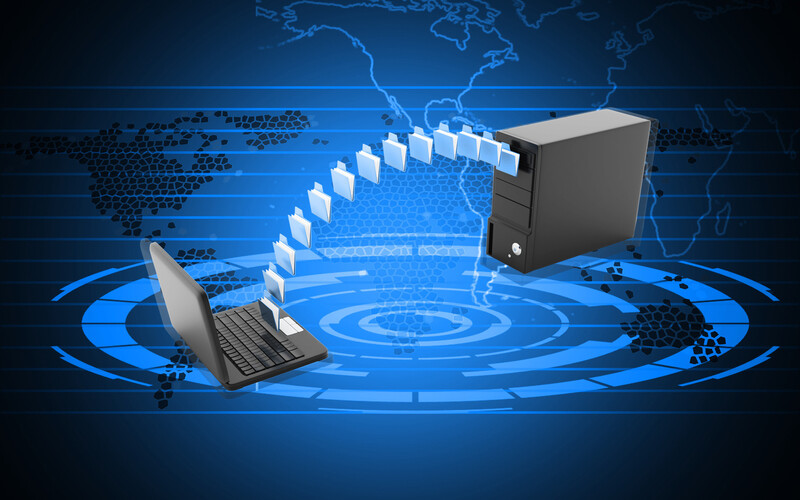
2. VNC (Virtual Network Computing)
VNC, or virtual network computing, is a versatile technology that enables remote access and control of Linux desktop environments. VNC serves as the underlying framework for popular desktop-sharing programs such as TeamViewer and AnyDesk, which expand upon its capabilities to offer additional features and functionalities for enhanced remote collaboration and support.
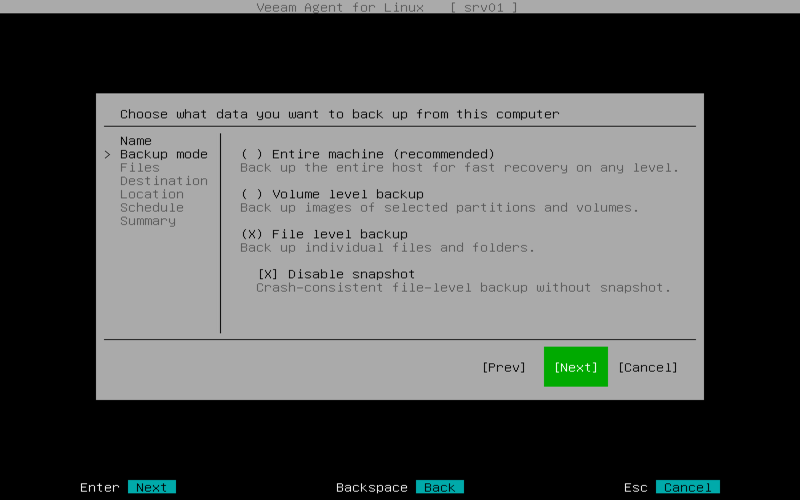
3. TeamViewer
TeamViewer is a platform solution for remote control and support that works seamlessly on Linux. TeamViewer is a professional who can remotely access client computers running the software to troubleshoot issues, assist, and even access desktops.
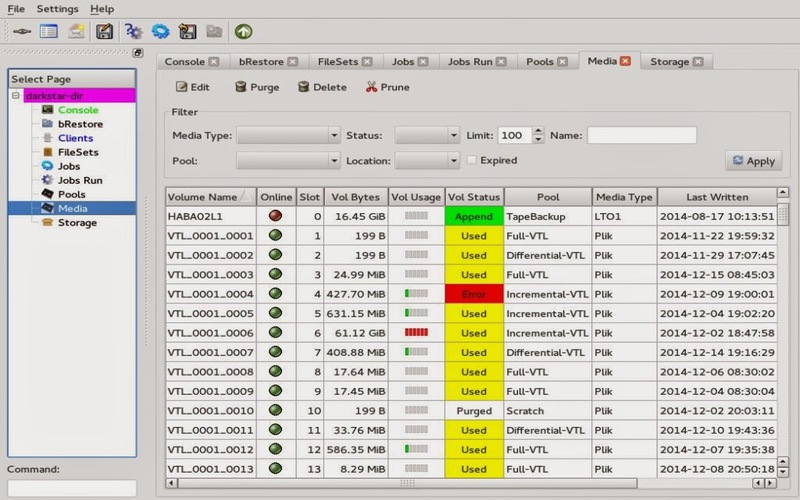
4. AnyDesk
AnyDesk is another desktop software known for its performance and low-latency remote access. IT support individuals find it particularly useful because it sessions, making it suitable for managing remote desktops efficiently. Additionally, AnyDesk provides solutions for accessing servers and Linux-based PC systems.
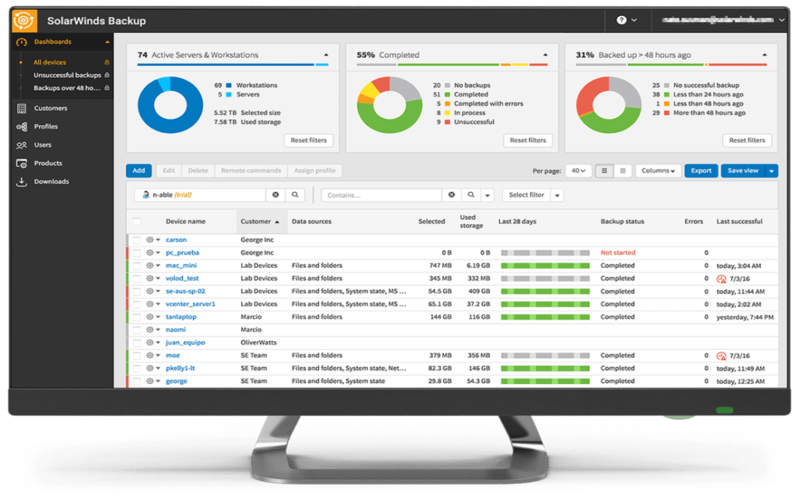
5. RDP (Remote Desktop Protocol)
While VNC is for remote access and control of Linux desktop environments, another tool employed for remote administration in the Linux world is Microsoft’s Remote Desktop Protocol (RDP). RDP provides a comprehensive set of features, and it is a popular choice for IT support professionals working with Linux systems. It allows seamless remote access, allowing administrators to troubleshoot issues, perform configuration changes, and manage software installations remotely. RDP also supports secure connections, multi-monitor setups, file sharing, and clipboard redirection, providing a robust and efficient solution for remote administration of Linux systems.
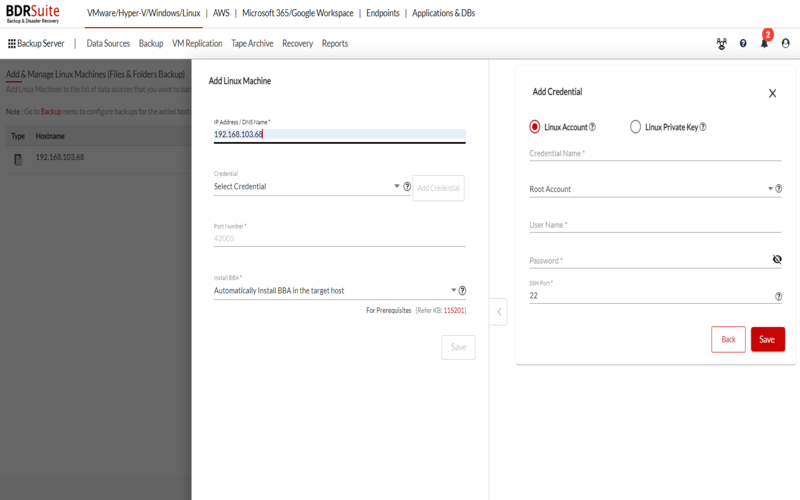
6. NoMachine
NoMachine, on the other hand, offers a secure remote desktop experience. This robust tool utilizes advanced compression algorithms to ensure the delivery of high-quality content effortlessly. One unique feature of NoMachine allows users to access and share USB and multimedia devices on remote Linux systems.
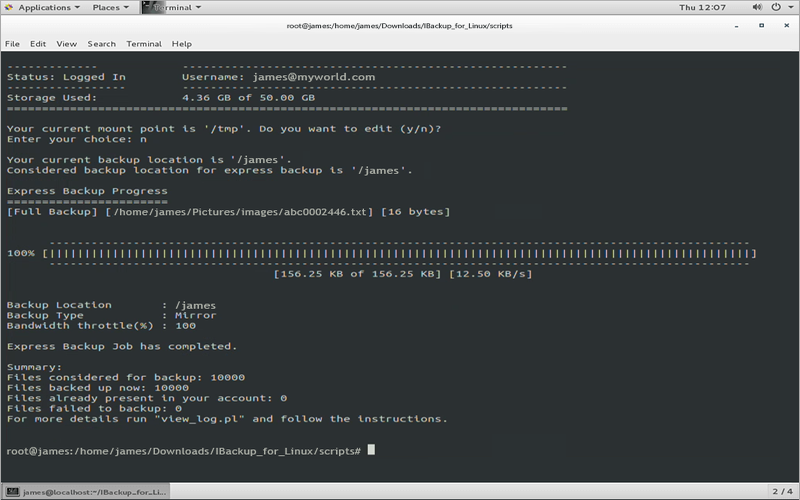
7. TigerVNC
TigerVNC is a VNC viewer and server package specifically designed for Linux operating systems. In addition to VNC and Microsoft’s RDP, another popular tool for establishing high-quality and fast desktop connections in IT support is TigerVNC. IT support professionals often prefer TigerVNC due to its reliability in providing a stable and efficient desktop environment for monitoring and maintaining Linux systems. TigerVNC offers a range of features that enhance the remote administration experience, including support for multiple platforms, encryption for secure connections, and optimizations for performance.
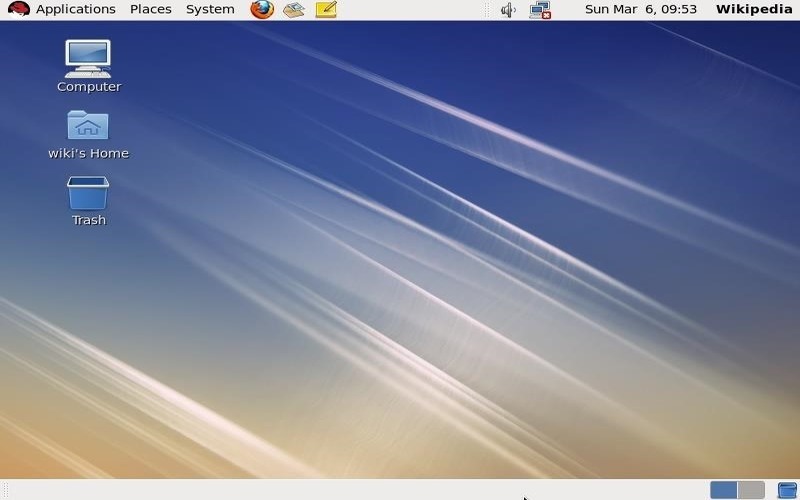
8. Remmina
Remmina, a source desktop client application for Linux, is highly popular among IT support professionals who work with multiple servers. It is an administration tool supporting protocols such as RDP, VNC, NX, XDMCP, and SSH. Its versatility offers a range of options for IT support professionals in their day-to-day tasks.
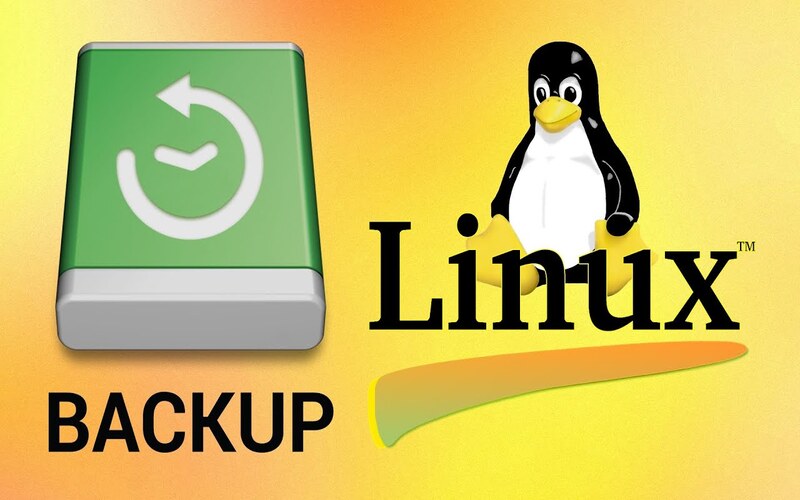
9. X2Go
X2Go is a source of desktop software that facilitates running graphical desktop sessions on Linux servers. Another noteworthy tool for running desktop sessions on Linux servers is X2Go. As a desktop software, X2Go enables IT support individuals to have a remote desktop experience while working from anywhere on their client systems. What sets X2Go apart is its compatibility with protocols like RDP, NX, and SSH, which enhances its versatility and usability. IT support professionals can utilize X2Go to establish secure and reliable connections to Linux servers, allowing them to troubleshoot problems, perform administration tasks, and maintain systems remotely.
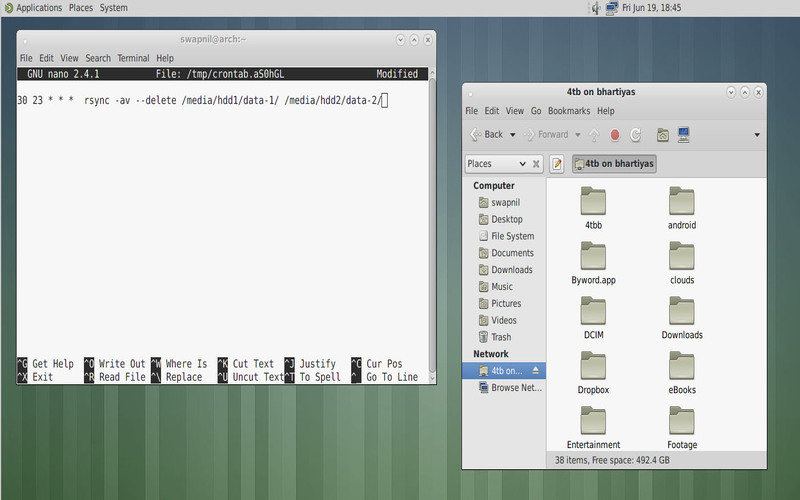
10. GNOME Boxes
GNOME Boxes provides a user-friendly interface and brings ease to tasks like virtual machine deployment, management, and access. With its intuitive features and capabilities, IT support professionals can efficiently oversee and administer machines remotely, making it an excellent choice for streamlined remote administration.
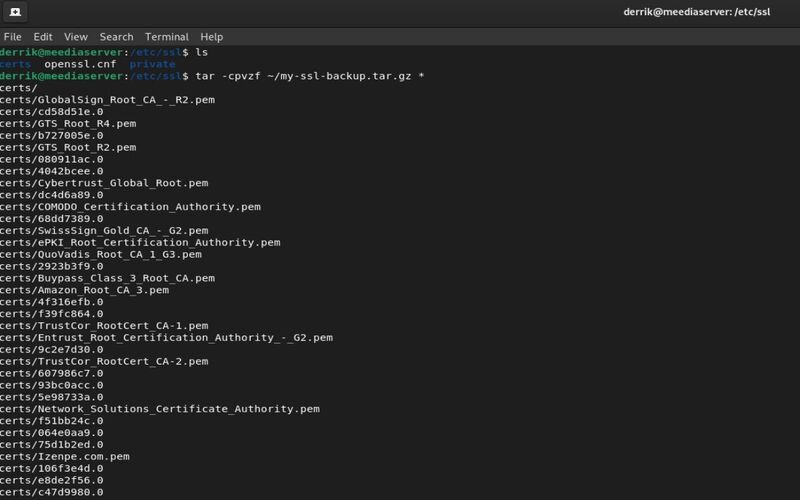
11. XRDP
XRDP is an open-source RDP server that allows you to establish desktop connections with Linux distributions. It’s a versatile tool that offers a range of features, including clipboard sharing, making it an invaluable asset for IT support professionals, sound redirection, and more.
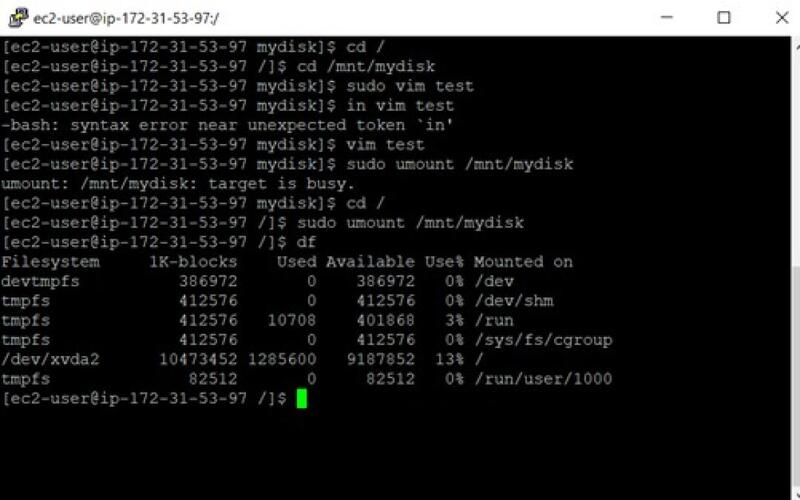
12. Webmin
Webmin is a web-based tool that enables the administration of Linux systems. It allows IT support professionals to manage servers and various Linux distributions. This software simplifies tasks such as configuring the server, managing user accounts and groups, and adjusting system settings.
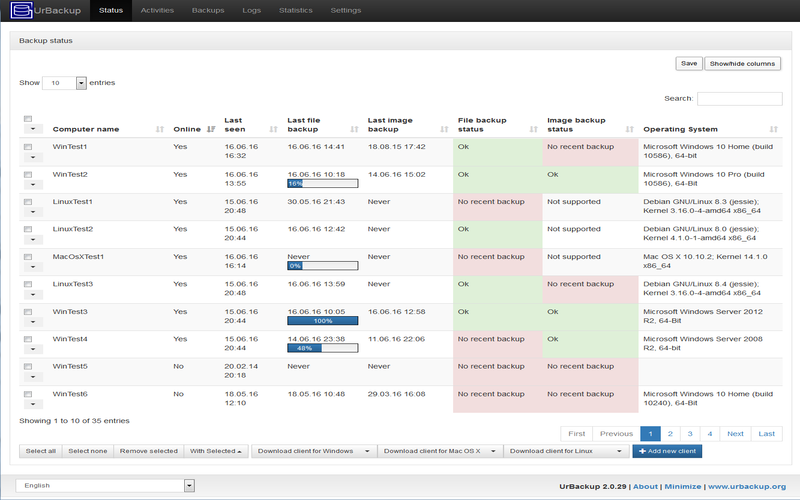
13. Apache Guacamole
Apache Guacamole is a platform solution that grants browser-based access to remote desktops using protocols like VNC, RDP, and SSH. It prioritizes security by supporting two-factor authentication, making it an indispensable tool for IT support teams seeking.
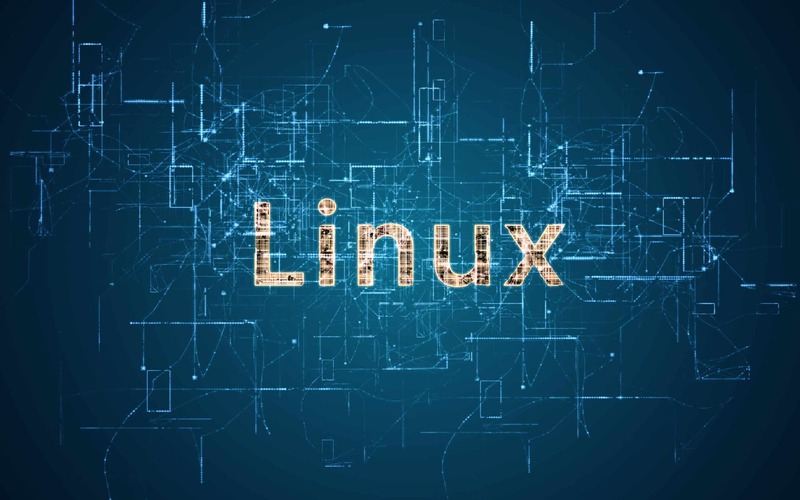
14. Cockpit
Cockpit is a fantastic web-based interface tool for managing and monitoring Linux servers. Its dashboard provides real-time insights into system performance. Additionally, Cockpit enables users to perform various administrative tasks, such as creating and managing user accounts, configuring network settings, managing services, and viewing logs. IT support teams frequently rely on Cockpit due to its ability to monitor system activities in real-time.
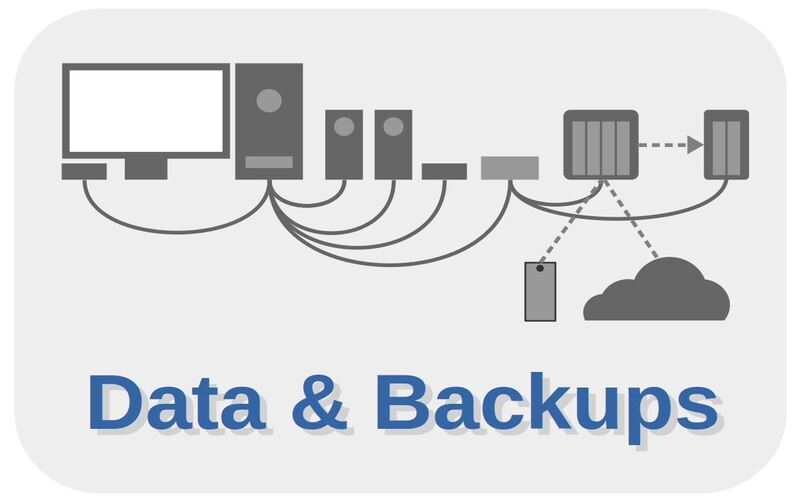
15. Ansible
Ansible stands out as an automation tool that facilitates the administration of Linux servers. This powerful solution empowers IT support professionals in infrastructure management, deployment, and orchestration.

16. Puppet
On the other hand, it is an effective configuration management tool designed for remote administration and deployment of Linux systems. It empowers IT support teams to efficiently handle and oversee server infrastructure, ensure compliance with regulations, implement patches seamlessly, and automate tasks. Additionally, Puppet offers a user dashboard for management accessible remotely from anywhere, making it easy for IT support professionals to manage and monitor Linux servers.
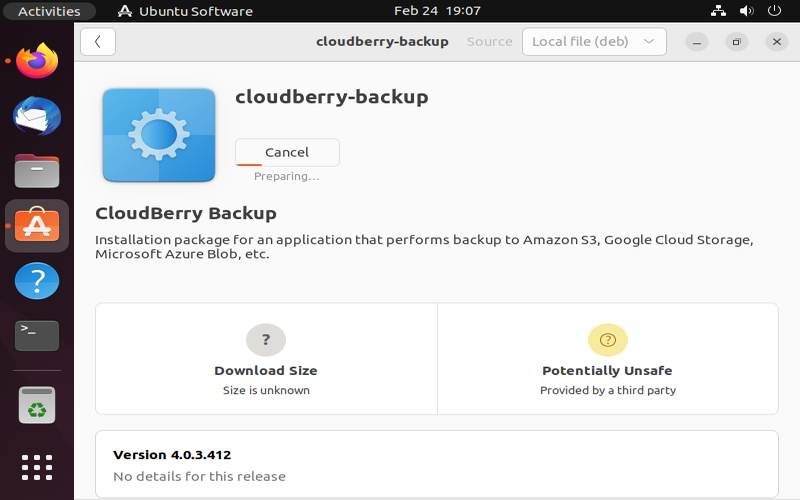
17. Zabbix
Zabbix also provides features such as data visualization through graphs and charts, making it easier to analyze server performance trends. It offers a centralized management interface that allows users to configure and customize alerts, notifications, and thresholds. With Zabbix, IT teams can proactively monitor their networks and quickly respond to potential issues or outages. Zabbix supports protocols such as SNMP, JMX, ICMP, and more.
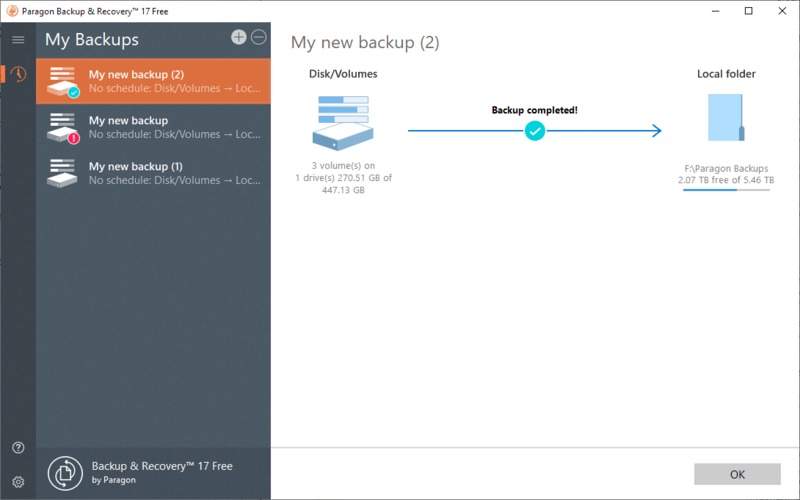
18. ISIC
ISIC is a transparent tool designed for administration over an SSH connection. It ensures the encryption of SSH connections using AES. IT support professionals can securely execute commands on Linux systems using this tool.
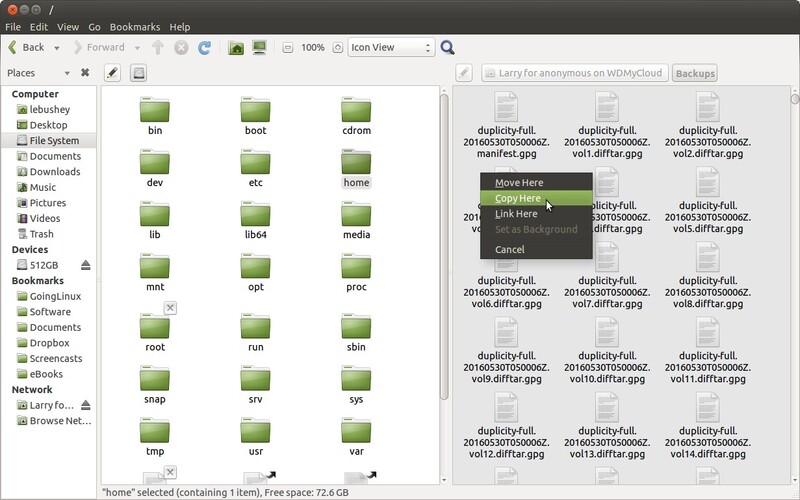
19. GNOME RDP
GNOME RDP is a desktop frontend based on GNOME that offers client software for connecting to remote desktop servers. This tool simplifies access to Linux-based servers by utilizing the RDP protocol, making it convenient for IT support professionals to assist remotely.
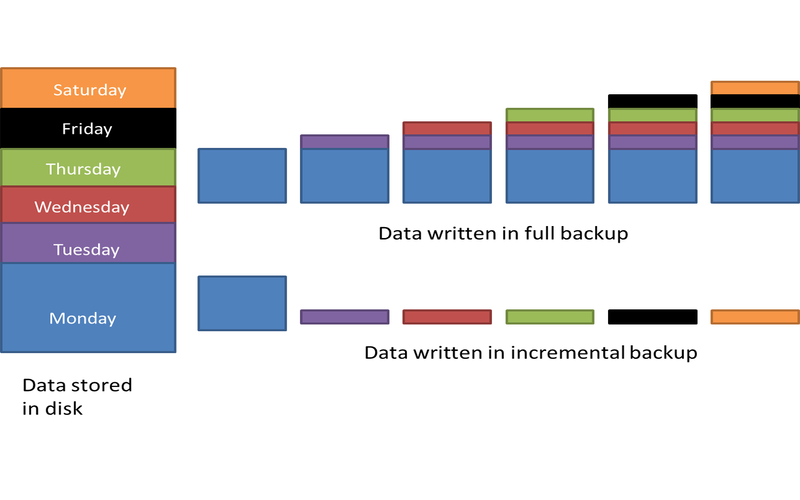
20. x11vnc
x11vnc is a lightweight and efficient VNC (Virtual Network Computing) server that allows users to remotely access and control an existing X11 display on a Linux machine. IT support professionals can use this tool to mirror the desktop on a VNC server and gain access from any device. X11vnc works well with VNC clients while ensuring access to Linux servers.
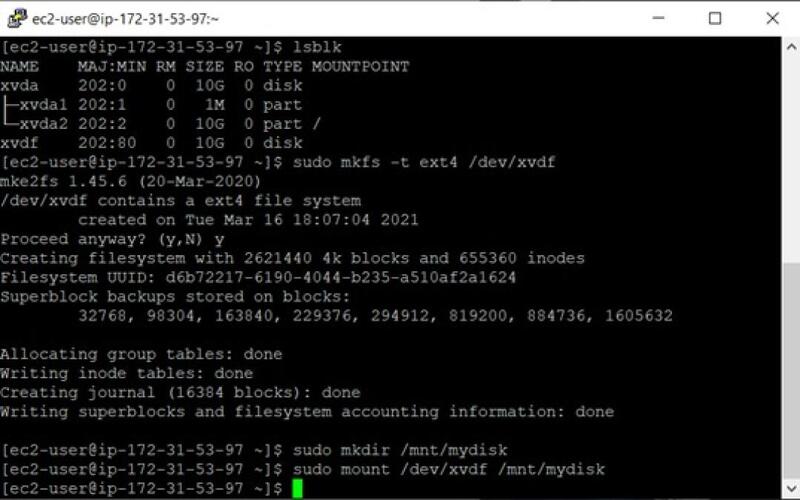
Summary
In summary, remote administration tools play a role in IT support for Linux systems. These top 20 Linux remote administration tools enable IT support professionals to resolve problems, deploy updates, and monitor server performance remotely from any location. With these top 20 Linux remote administration tools, they can effectively troubleshoot issues, deploy software updates, and keep a close eye on server performance from anywhere in the world. These tools offer a wide range of features that cater to the specific needs of IT support teams, allowing them to efficiently manage and maintain remote servers for optimal productivity and performance.

